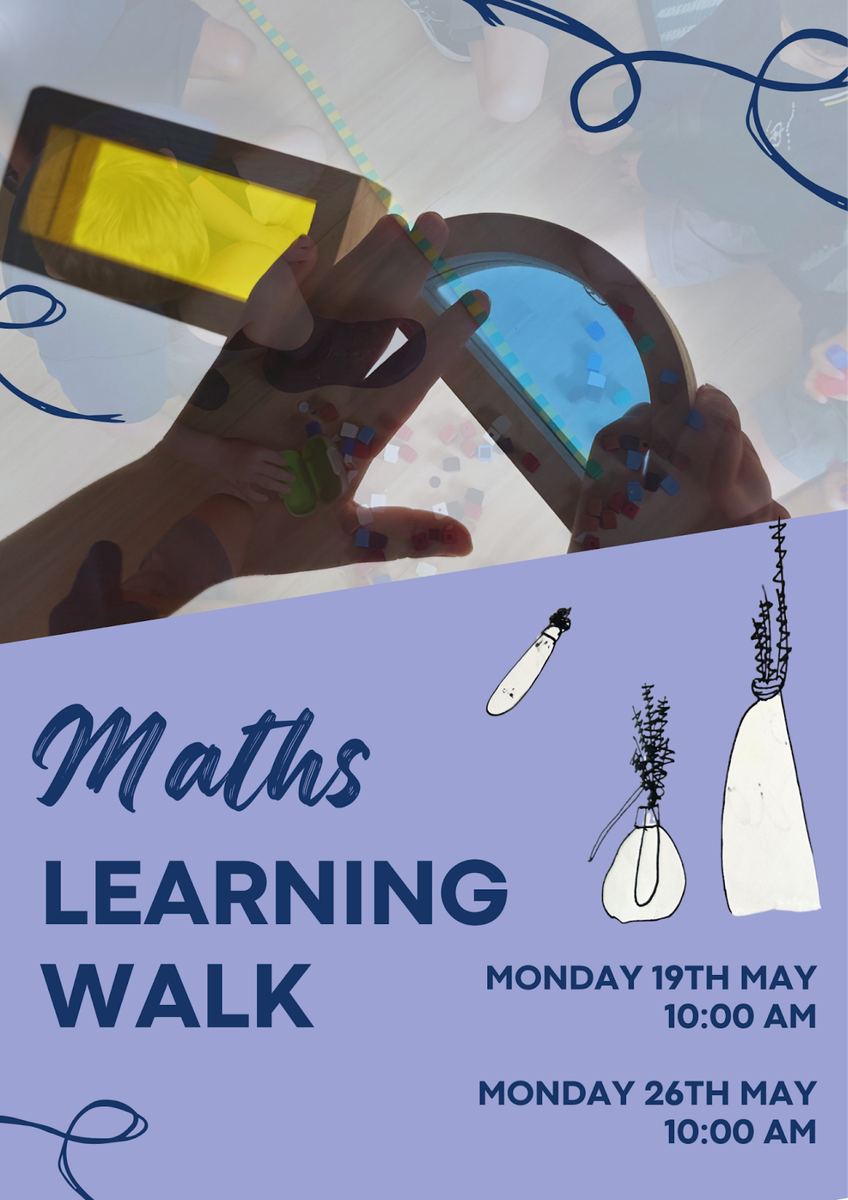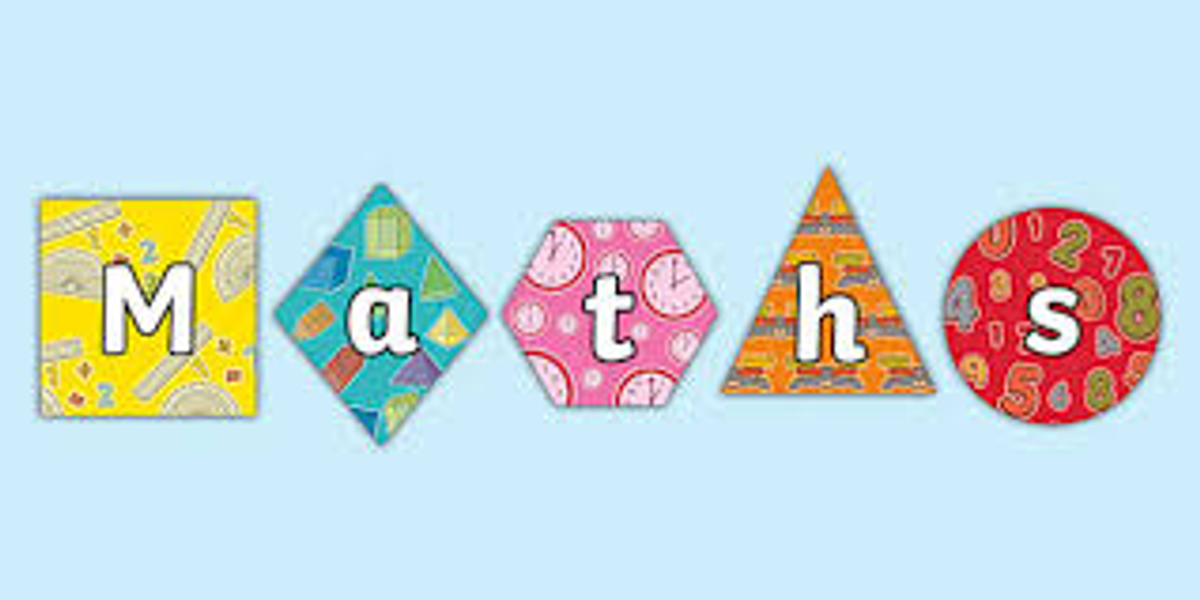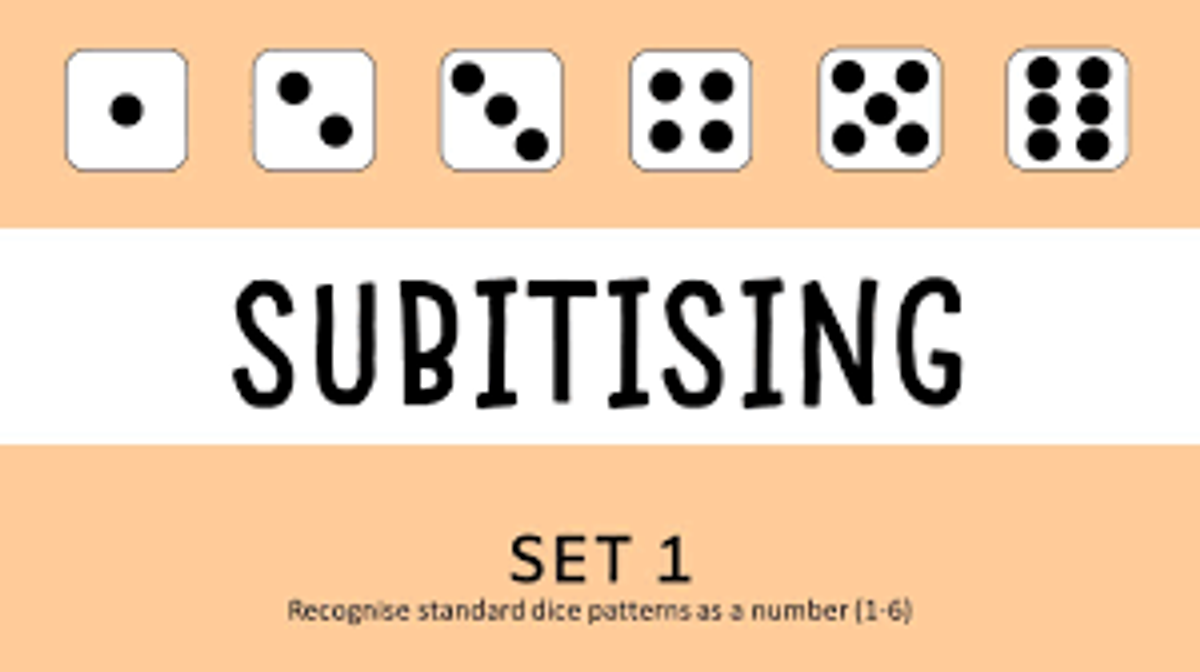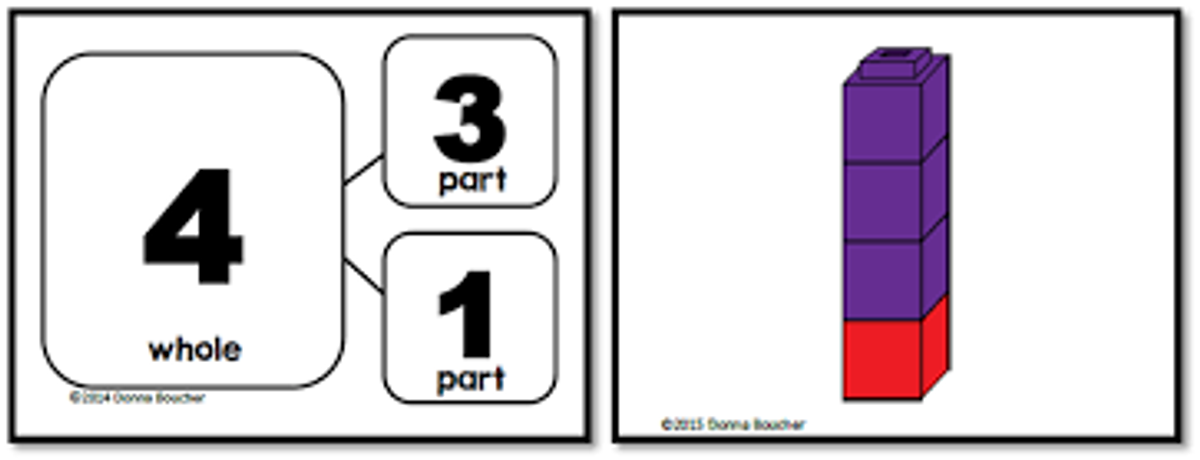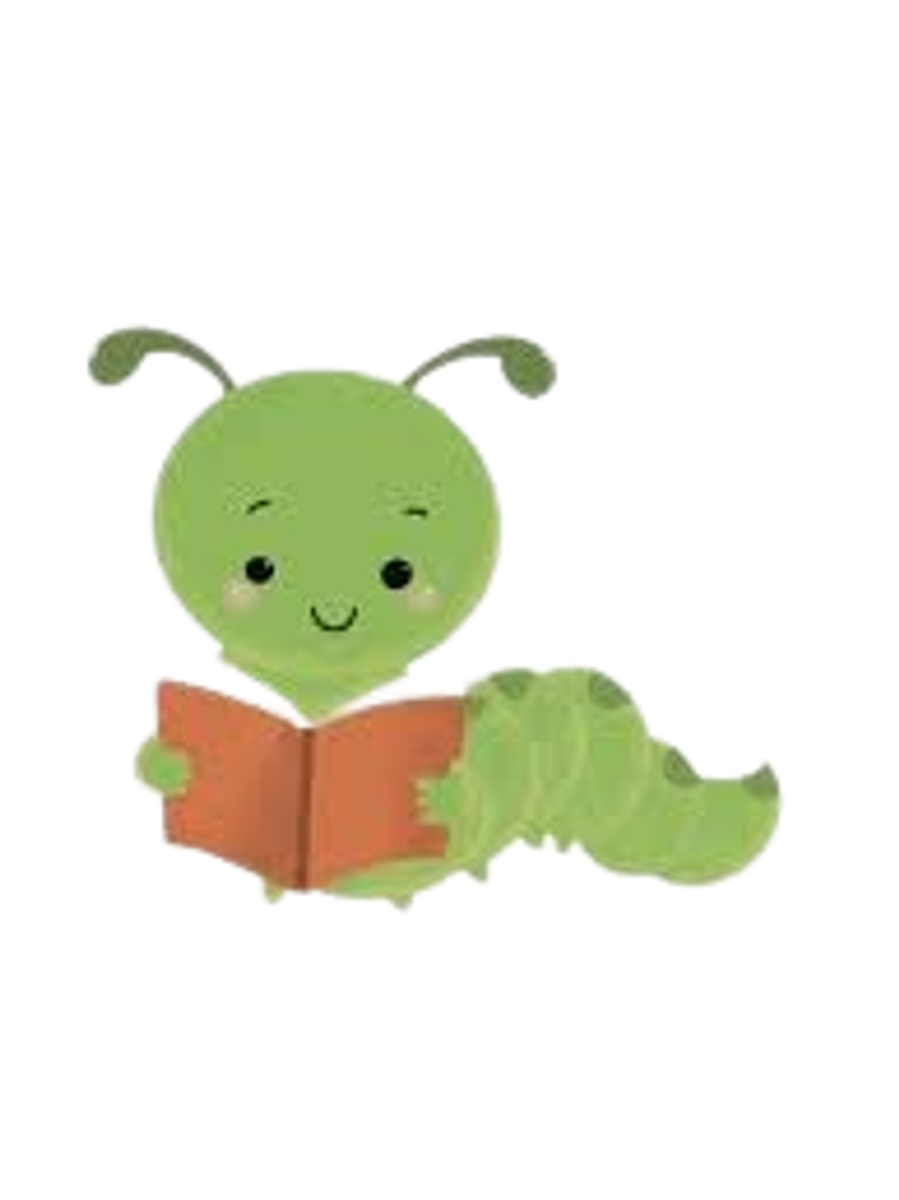Learning & Teaching
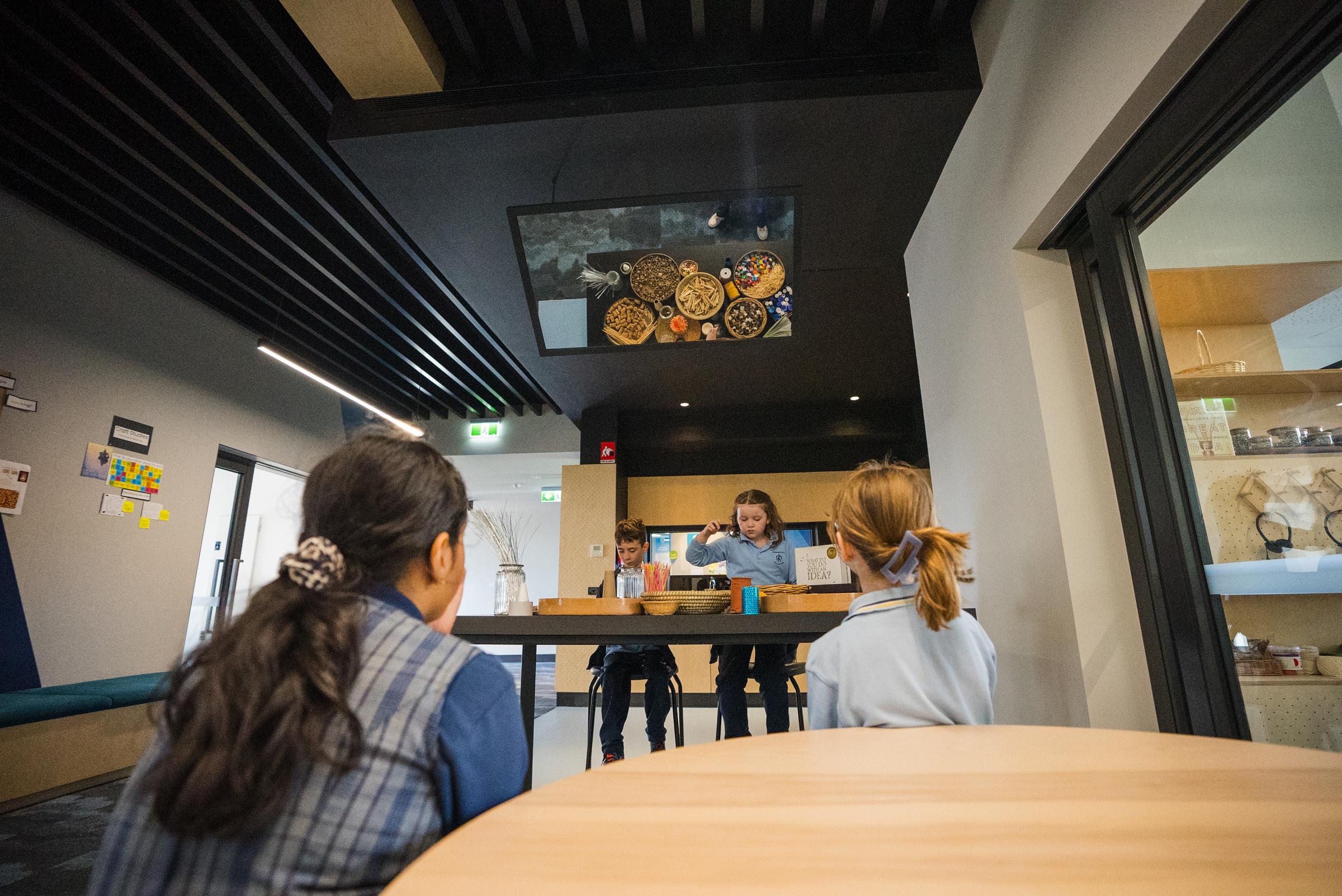
The children in P-2 are learning …
- Subitising Skills: the children are learning to quickly recognise and name the number of objects in small groups (up to five) without needing to count them individually. This helps build number sense and confidence with numbers.
- Exploring Numbers to Ten: Children are exploring how to partition (break apart) and combine collections of objects up to ten. They are discovering part-part-whole relationships, which help them see how numbers are made up of smaller parts.
What you can do at home:
Dot Card Games:
Create or print cards with dots (like on dice) in different configurations (e.g., 2, 3, 4 dots).Show the card briefly and ask the child how many dots they saw.Discuss strategies: Did they see the whole group, or did they notice smaller groups (e.g., 2+1 for 3)?
Quick Glance:
Use everyday objects (e.g., buttons, coins, or toys).Quickly show a small group (up to 5) and then cover them.Ask the child how many they saw.
Dice Games:Roll one die and ask your child to name the number shown without counting.Play simple board games that use dice to reinforce subitising naturally.
Build and Break:Provide ten blocks, buttons, or LEGO pieces.Ask the child to make groups that add up to 10 (e.g., 7+3, 6+4)
Number Stories:Create short stories involving part-part-whole scenarios, such as "You have 4 apples and find 3 more. How many apples do you have now?"Act out the story with objects.
Angles
In Years 3-6, our children are currently immersed in the fascinating world of angles. The children are exploring various types of angles such as right, acute, obtuse, and straight angles. They compared and categorised geometric shapes based on their properties and dimensions, even applying their knowledge to uncover unknown angles in triangles, quadrilaterals, and regular polygons.
Understanding angles is crucial as they play a vital role in our everyday lives. They contribute to designing efficient streets and cities, enable us to tell time using the sun and shadows, and facilitate measurements of astronomical distances to planets and stars. Lines and angles are involved in nearly every aspect of our daily lives.
Literacy News
Over the next three weeks all of our children will be diving deep into the wonderful world of poetry.
Children will investigate the rhythm of limericks, the imagery of haikus, and the visual representation of concrete poems, our children will explore various poetic forms and even craft their very own poems. Children will analyse and examine the special language poets use and how poems are structured to create meaning.
Our Prep to Year 2 will continue their reading journey by learning about the next sequence of letters and sounds. The explicit teaching of sounds builds a strong foundation for accurate and fluent reading as they apply their growing knowledge to new books.
Our children in Years 3 to 6 will reconnect with book club, sharing their insightful thoughts and engaging in discussions about the books they've been reading.
To reinforce literacy at home you may like to:
- Write a diary entry of your day
- Create to do lists to organise your tasks for the day
- Perform a well known story. An example could be the 3 little pigs.
- Rewrite part of your favourite fairytale - change the characters, the setting or the problem.
- Practice typing
